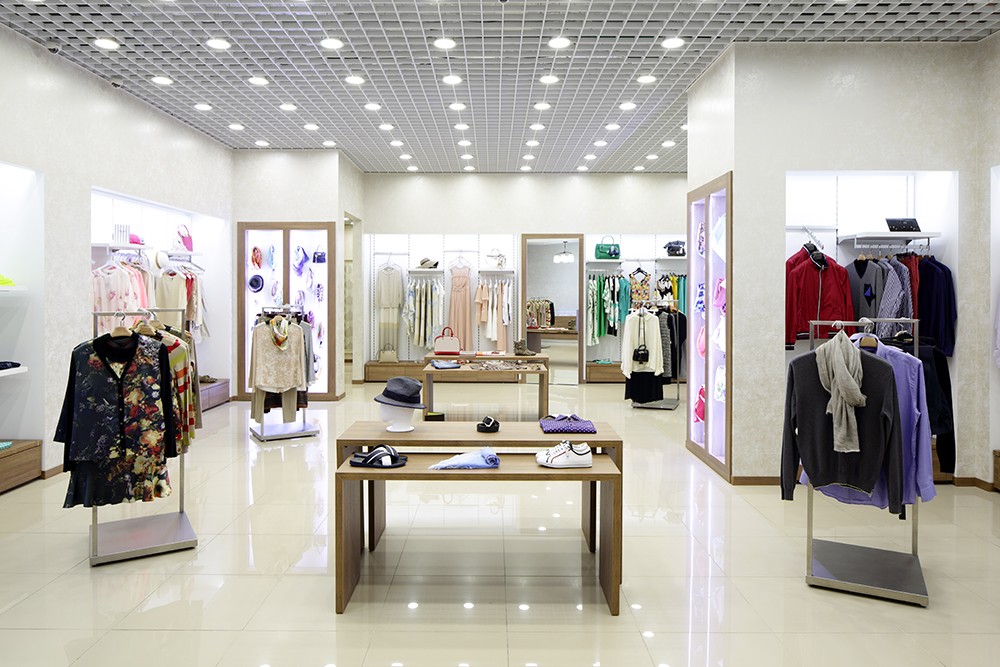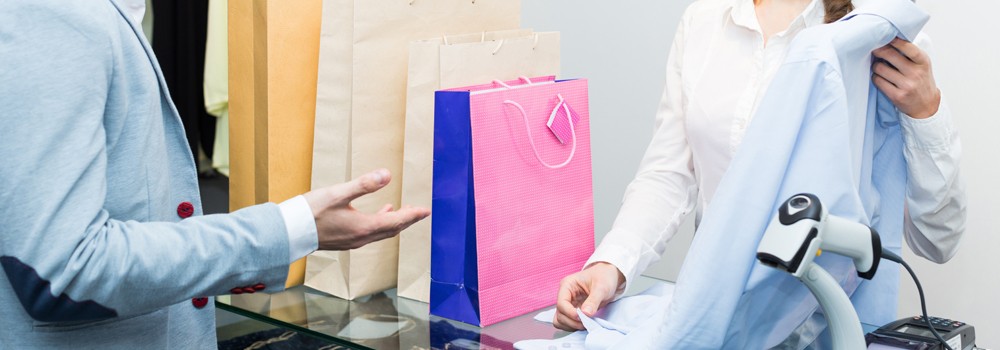
How electronic article surveillance improves the customer experience
When most retailers consider adopting or upgrading electronic article surveillance (EAS), the catalyst is loss prevention. Quite simply, the security tags, labels and antenna utilised in EAS protect individual products against theft.
But in protecting a store against loss, EAS also helps improve the customer experience in a host of ways. Here’s an insight into how that works.
The true cost of retail loss
It’s common knowledge retail loss costs the industry billions. In the US that estimated figure currently sits at $50.6 billion or 1.38 per cent of sales revenue, according to the latest National Retail Security Survey.
But what’s often less understood and harder to measure are the hidden costs of retail theft. Shoplifting can cost a retailer in terms of staff time, out of stock events, brand reputation, customer safety, and store appeal.
All these factors affect the quality of the customer experience that retailers are working so hard to deliver in an age of competition both in the real world and online.
To break it down, here’s are five ways EAS can improve the customer experience…
Product cost
Shoplifting is often mistakenly considered a victimless crime. Of course, that’s far from the truth. When retailers incur major losses due to theft, that loss has to be countered elsewhere in the provision of goods.
Most often, that loss is at least partially covered in the mark-up of products, meaning ultimately the customer pays a little more per item to outweigh the cost of theft. Back in 2010, it was estimated that shoplifting cost each US shopper $423 per year. Almost 10 years later that price is likely to be significantly higher.
It stands to reason then that security measures like EAS help keep the costs of those products down due to reducing product theft by up to 80 per cent.
Customer service

When your staff are busy protecting a store against loss and keeping a watchful eye out for shoplifters, they are being taken from the key role that offers real-world retail a distinct advantage over online stores – face-to-face customer service.
EAS allows store associates to continue catering to the customer without the distraction of remaining hyper-vigilant against shoplifting. While staff engage with the consumer, they can rest assured the EAS system will be monitoring items and alerting them to potential thefts.
Out of stocks
One major area where shoplifting affects most stores is in out-of-stock events. The retailer simply isn’t aware an item isn’t available until a customer cannot find it.
Searching for an item that has been stolen but is still recorded in the store inventory as being in stock wastes both the time and effort of the customer and that of the retailer.
Importantly, it affects the customer’s perception of their experience with a brand, and is one of the key reasons they may choose not to return to that outlet in the future.
Store appeal
A store that is streamlined, well-protected and welcoming is simply more appealing to consumers. As EAS offers a discrete yet highly effective product-based security measure, it contributes to this appeal.
Security tags are compact, highly effective and can be applied in a uniform fashion so they are inobtrusive and do not interfere with the customer’s experience of a product.
Meanwhile for high-volume, low value goods, labels offer security that can be easily incorporated into the packaging of a product and are then quickly deactivated at the point of sale.
Brand reputation
If a store is frequently targeted by shoplifters, the brand image is soon also affected. The outlet becomes known as a place that may pose safety issues for the customer, or where there are likely to be problems finding products.
In this case, EAS is just one of a number of measures a retailer can employ to improve their security. Best of all, it’s subtle, proven and protects items individually in a way few other loss prevention strategies can.
You can learn more about upgrading your security tags and labels to prevent shoplifting here.


